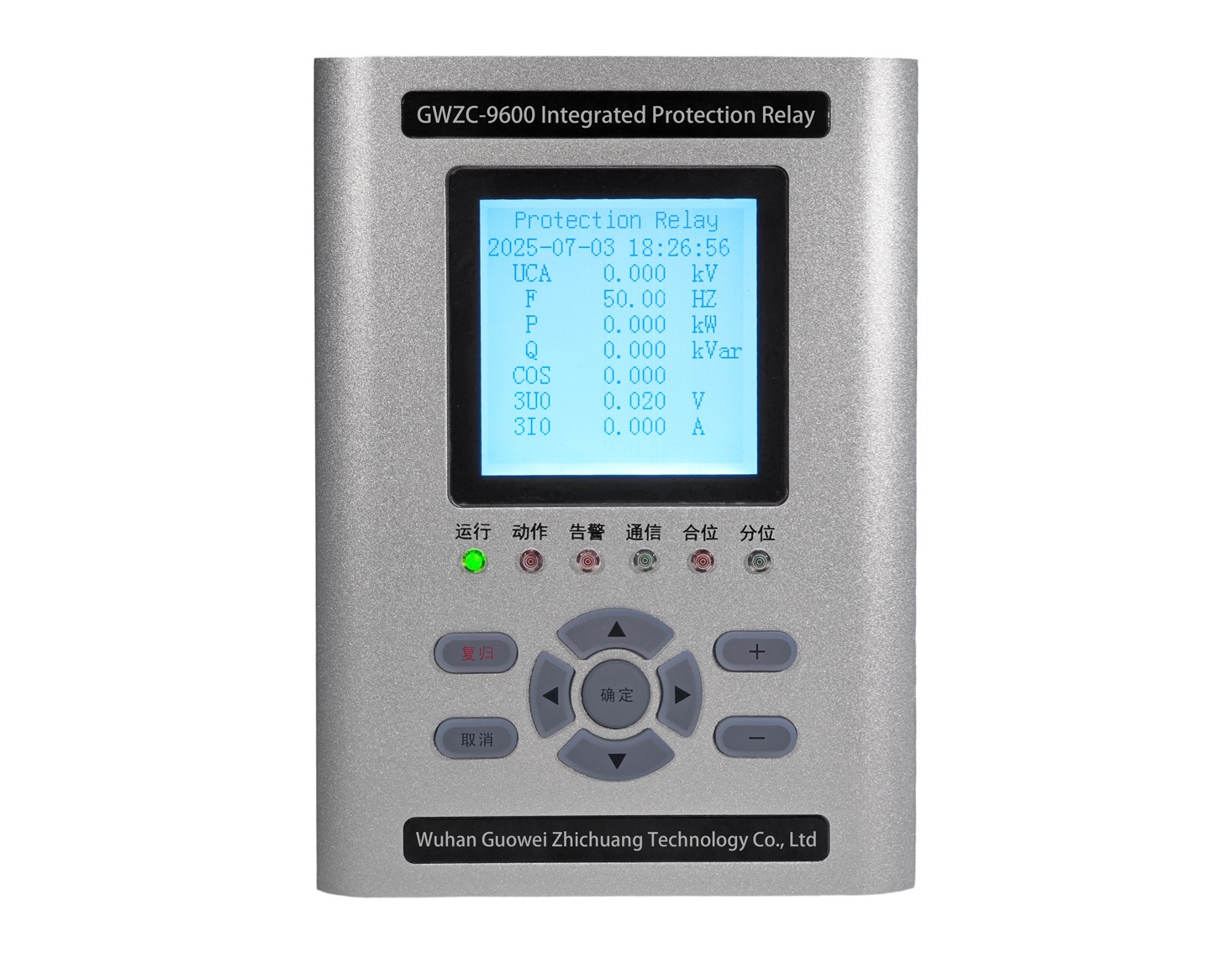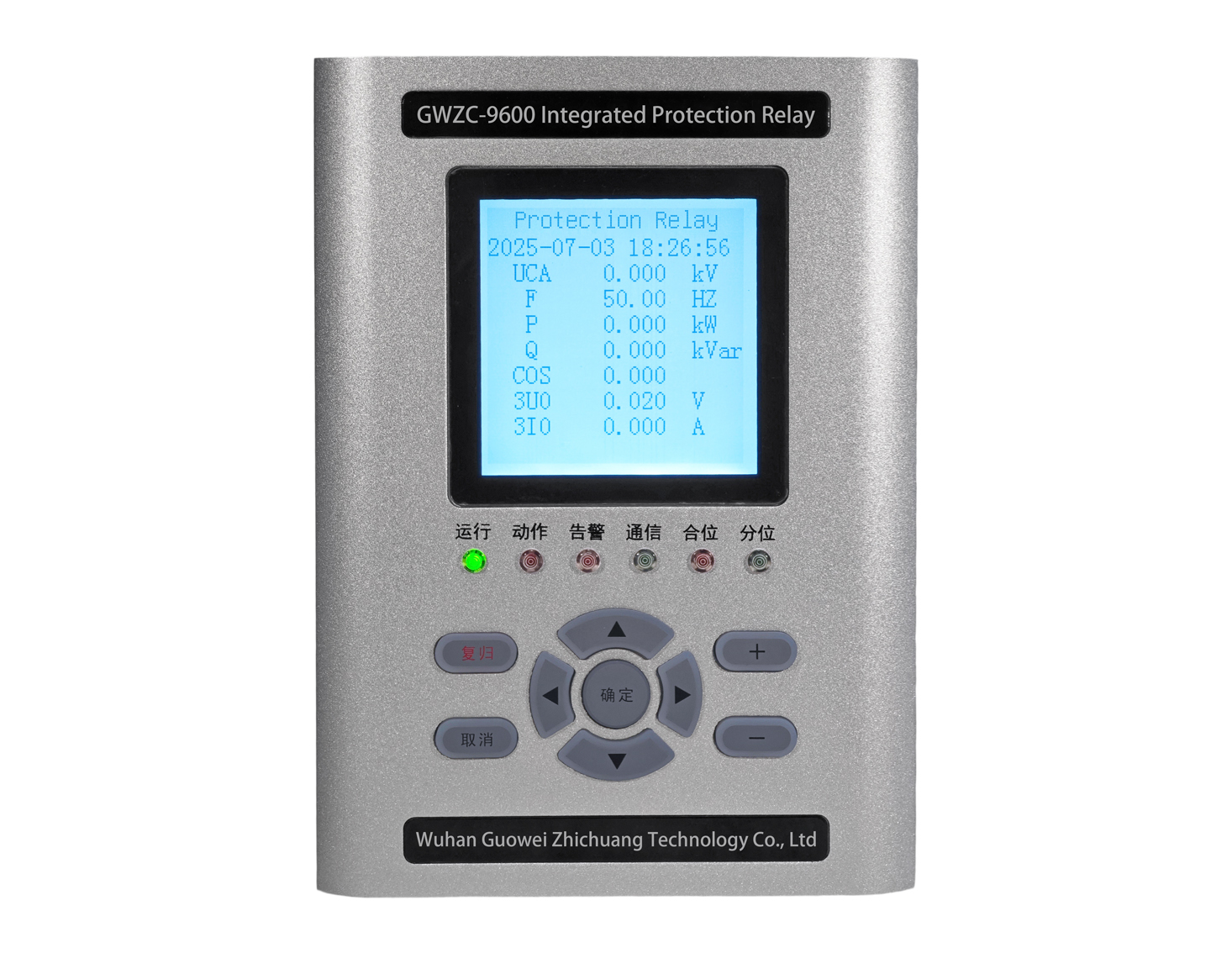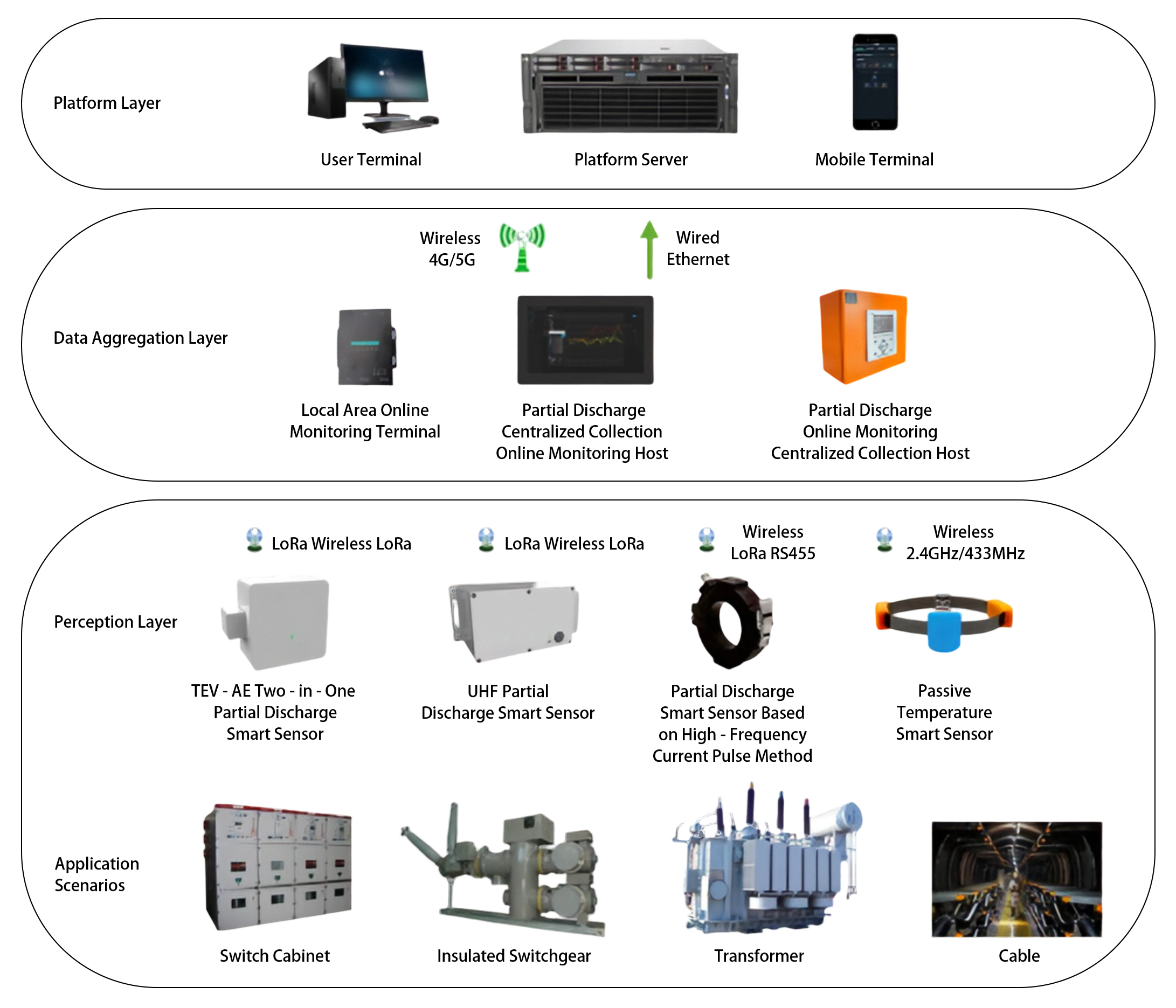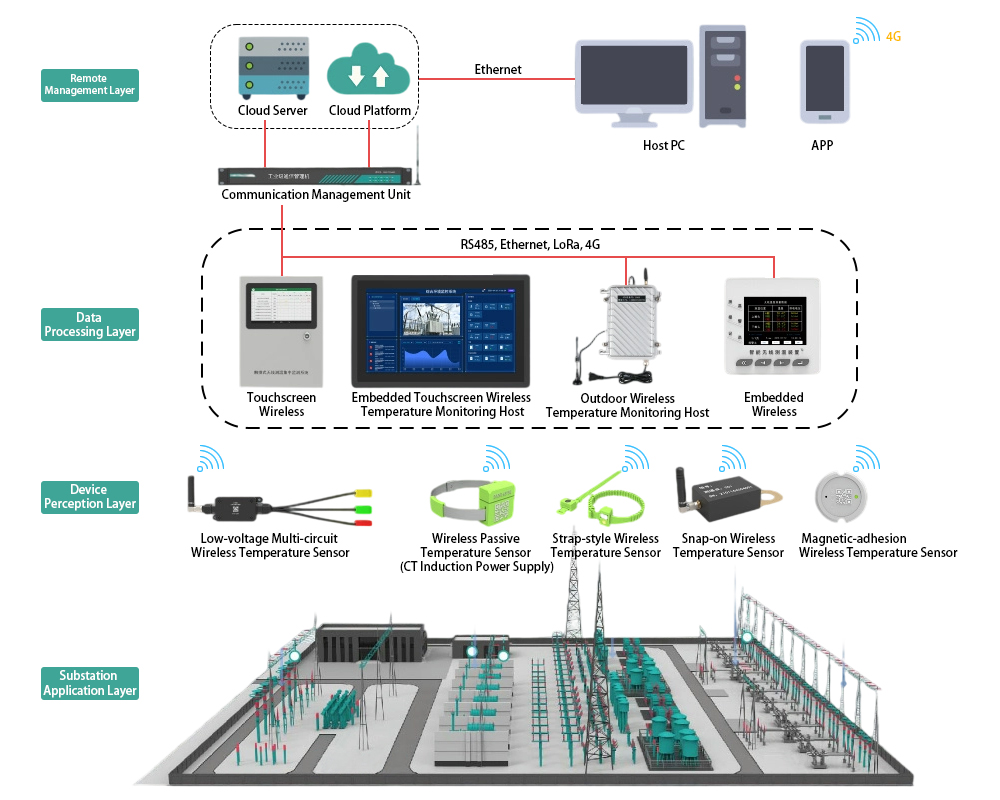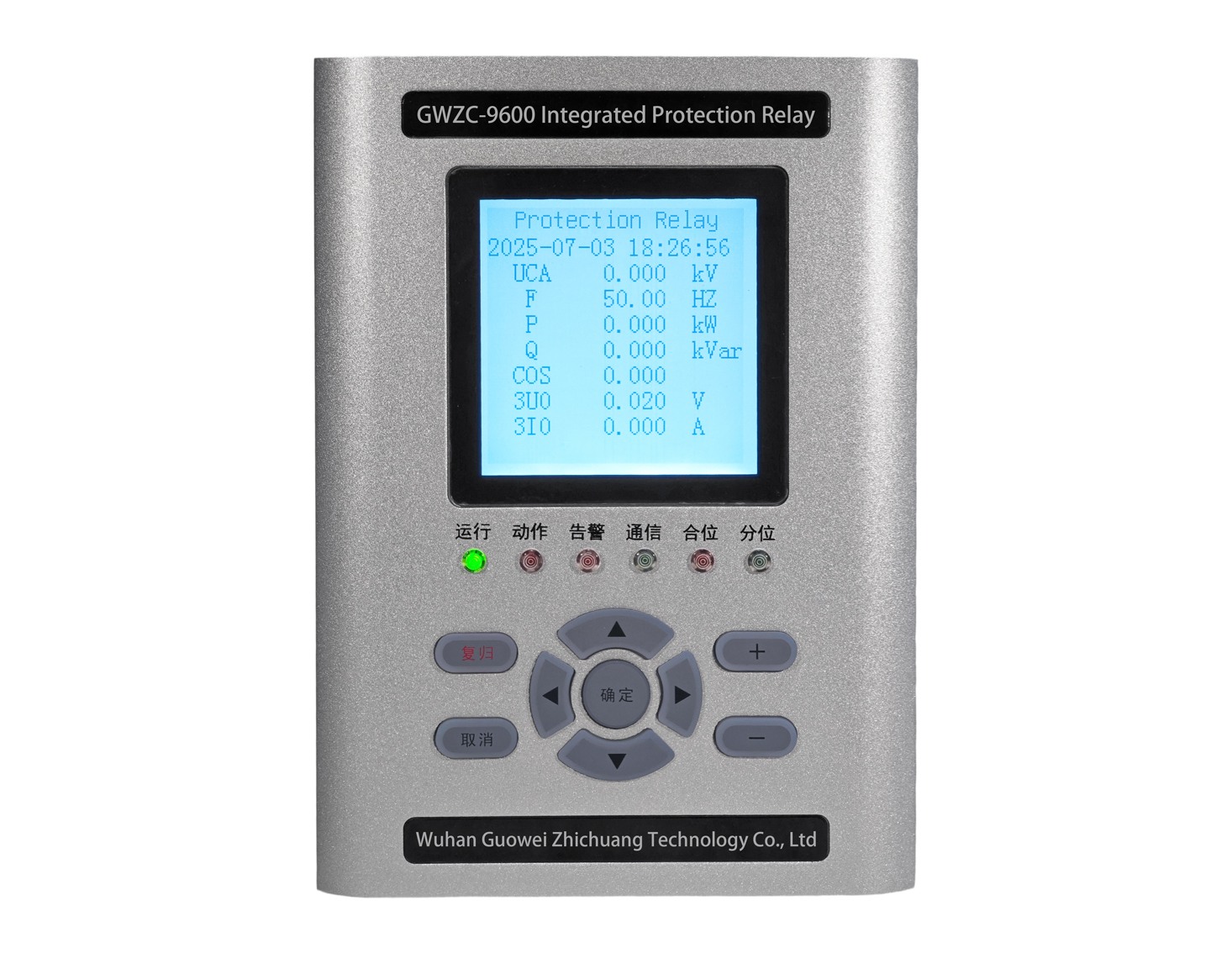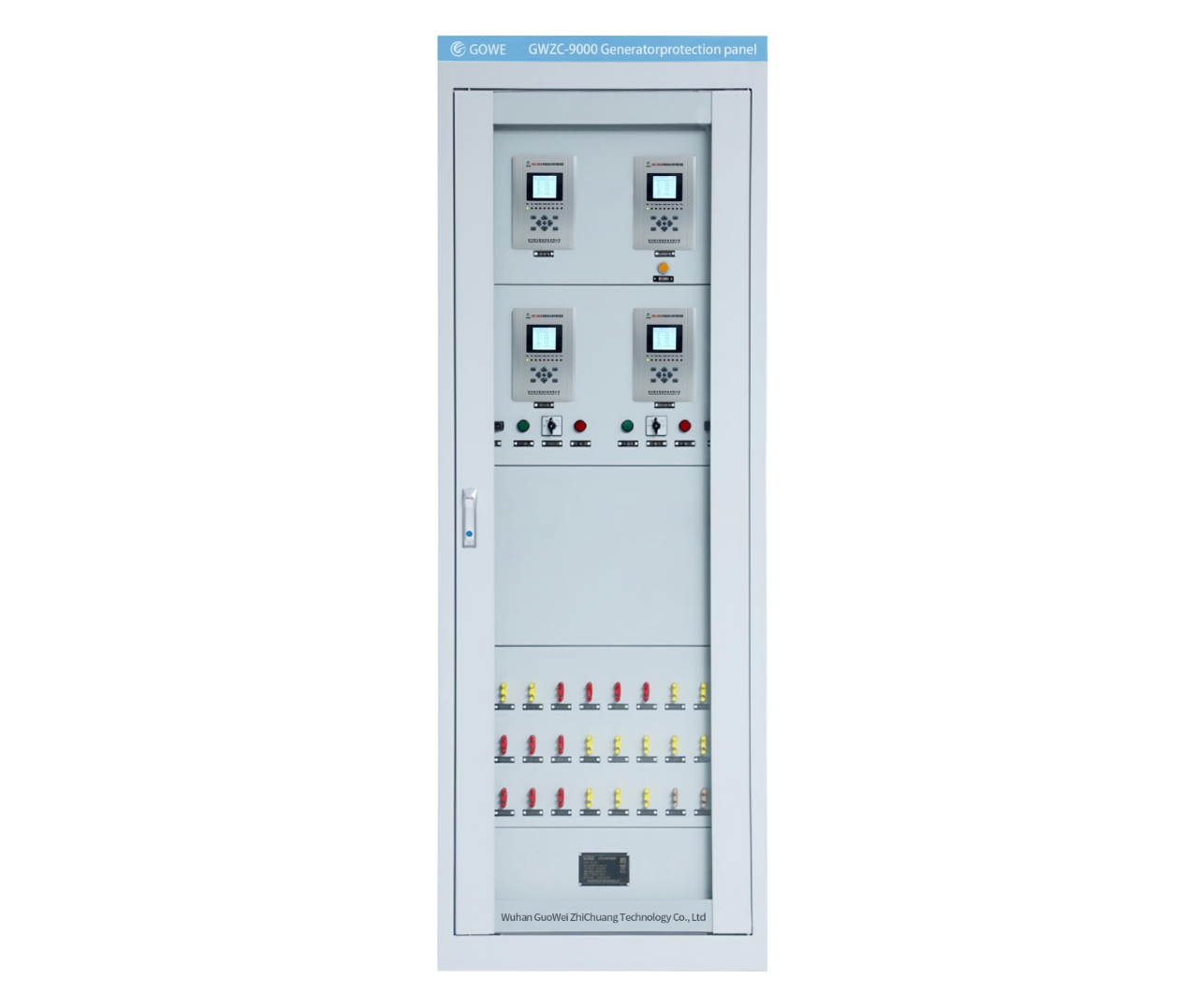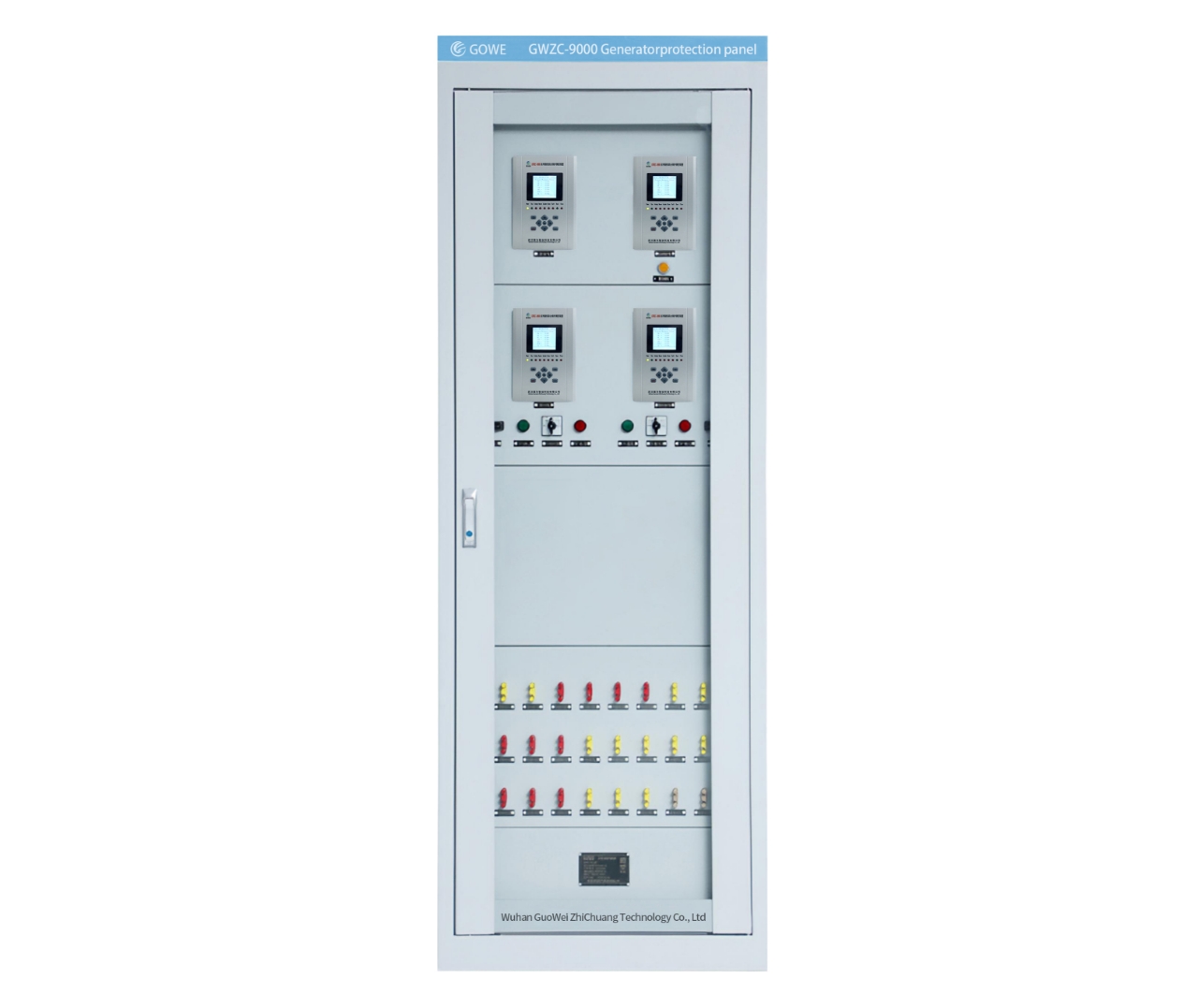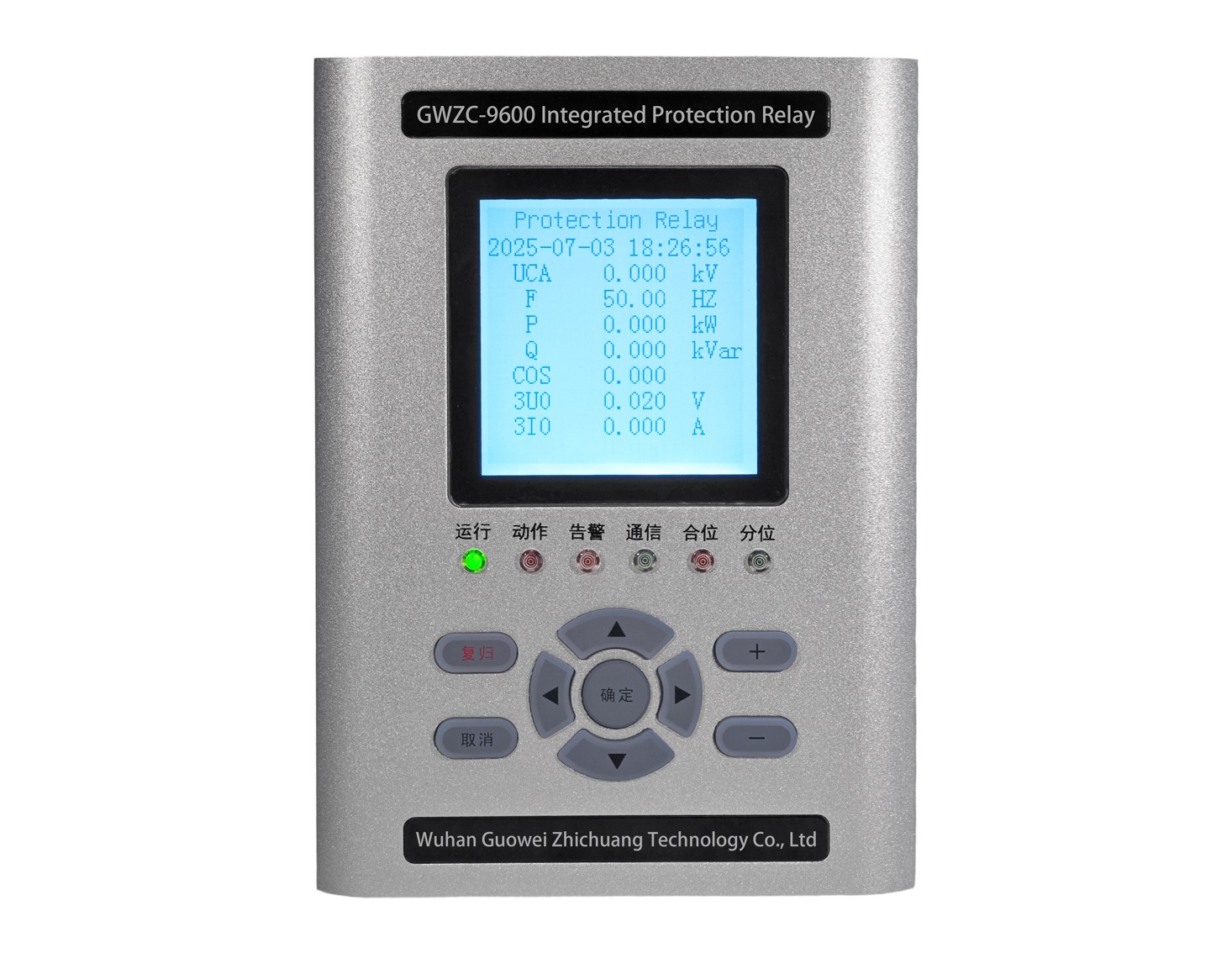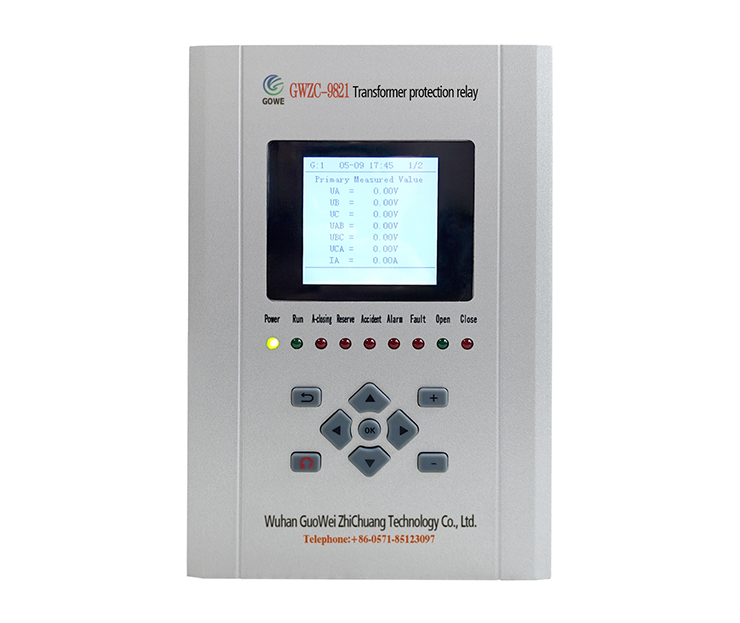
1. Automatic Reclosing (ARC) Core Function
Automatic Reclosing (ARC) is a protection relay in power systems that attempts to reclose a circuit breaker after a fault is cleared, distinguishing between transient faults (e.g., lightning strikes, tree contact) and permanent faults (e.g., equipment damage).
2. Automatic reclosing operation steps
Step 1: Fault Detection & Trip
When a short-circuit or ground fault occurs, protective relays (e.g., overcurrent, distance protection) detect abnormal current/voltage and trigger the circuit breaker to trip (typical response time: 20ms–100ms).
Step 2: Dead Time Delay
After tripping, the system enters a ”dead time” to allow arc extinction or transient fault recovery (typical delay):
Overhead lines: 0.3s–1s (IEC 62271-1)
Cable lines: 1s–5s (due to higher likelihood of permanent faults)
Step 3: Reclosing Attempt
After the delay, the ARC issues a closing command to the breaker.
If the fault has cleared (transient), normal power supply resumes.
Step 4: Lockout Decision
If the fault persists (permanent), the protection trips again and locks out ARC (no further attempts) to avoid repeated short-circuit stresses (standards: typically 1–3 reclosures allowed).
3. Key technical parameters of automatic reclosing
Reclosing attempts: Usually 1–3 (IEEE C37.104 allows up to 4)
Success rate: >80% for transient faults in overhead lines
Activation logic: Requires breaker status, voltage absence, and protection signals (IEC 61850 compliant)
4. Typical applications of automatic reclosing
Transmission lines: Rapid recovery after lightning strikes (success rate >90%)
Distribution automation: Coordinates with FTUs (Feeder Terminal Units) for fault isolation
Renewable plants: Anti-islanding protection for collector lines
5. Safety & Design Considerations
Synchronism check: For double-ended lines, verify voltage magnitude/phase (<10° deviation)
Anti-pumping protection: Prevents breaker cycling on permanent faults (mechanical/electrical)
Communication-aided: Fiber-optic differential protection can shorten delays (e.g., 0.1s)
Note: Always disable ARC during maintenance and follow the “de-energize, test, ground” safety protocol (GB 26860).
